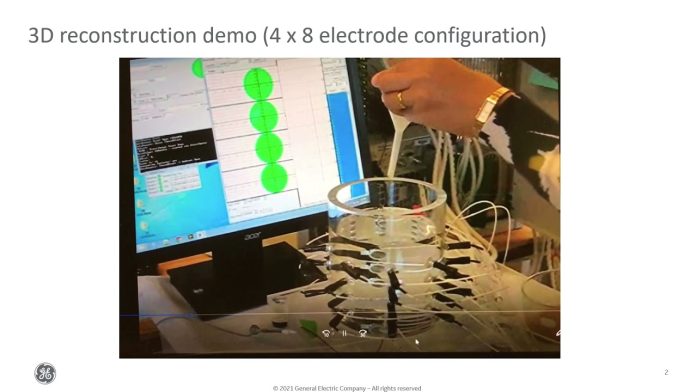Electrical Impedance Tomography (EIT) is a promising imaging technique with a range of applications, but like any evolving field, it faces challenges that researchers are actively addressing. This article explores some of the key challenges in Electrical Impedance Tomography research and potential solutions to overcome them.
1. Spatial Resolution:
Challenge:
Achieving high spatial resolution remains a significant challenge in EIT. The reconstructed images may lack the fine details observed in other imaging modalities.
Solution:
Advanced algorithms and improved hardware designs are under development to enhance spatial resolution. Researchers are exploring methods to optimize electrode configurations and employ regularization techniques for more accurate reconstructions.
2. Tissue Heterogeneity:
Challenge:
Variability in tissue properties, such as conductivity and permittivity, can affect impedance measurements, leading to inaccuracies in image reconstruction.
Solution:
Sophisticated mathematical models that account for tissue heterogeneity are being developed. Machine learning algorithms are also being explored to adaptively correct for variations in tissue properties, thereby improving the accuracy of reconstructions.
3. Inverse Problem Complexity:
Challenge:
Solving the inverse problem in EIT, i.e., accurately mapping impedance measurements to internal structures, is a complex mathematical challenge with multiple solutions.
Solution:
Researchers are employing advanced mathematical techniques, including iterative reconstruction algorithms and regularization methods, to improve the accuracy of solving the inverse problem. Additionally, the integration of machine learning algorithms shows promise in optimizing image reconstruction processes.
4. Instrumentation Challenges:
Challenge:
Developing reliable and portable EIT systems with a sufficient number of electrodes can be challenging, especially for applications requiring mobility or point-of-care use.
Solution:
Technological advancements are addressing instrumentation challenges. Wireless EIT systems are being developed to enhance mobility and reduce the complexity of electrode arrangements. Additionally, miniaturized and flexible electrode arrays are under exploration for improved patient comfort and adaptability.
5. Validation and Clinical Acceptance:
Challenge:
EIT technology, though promising, is still in the process of gaining widespread acceptance and validation in clinical settings.
Solution:
Collaboration between engineers, physicists, and clinicians is essential for validating EIT results against established imaging modalities. Conducting large-scale clinical trials and accumulating a robust body of evidence will contribute to the broader acceptance of EIT in medical practice.
6. Multi-Modality Integration:
Challenge:
Integrating EIT with other imaging modalities for a comprehensive understanding of internal structures can be challenging due to differences in data acquisition and interpretation.
Solution:
Researchers are working on developing hybrid imaging systems that combine EIT with other modalities like MRI or CT scans. These integrated approaches aim to leverage the strengths of each technique, providing a more comprehensive and accurate depiction of anatomical and functional information.
7. Standardization:
Challenge:
The lack of standardized protocols and methodologies in EIT research can hinder reproducibility and comparability between studies.
Solution:
Efforts are underway to establish standardized procedures and guidelines for EIT research. Collaborative initiatives and the development of benchmark datasets will contribute to a more standardized and reproducible research environment.
In conclusion, while Electrical Impedance Tomography has immense potential, addressing these challenges is crucial for its widespread adoption and continued success. The ongoing efforts of researchers to improve spatial resolution, account for tissue heterogeneity, enhance instrumentation, validate in clinical settings, integrate with other modalities, and establish standards are propelling EIT towards becoming a more robust and reliable imaging technique with broader applications in medicine and beyond.







